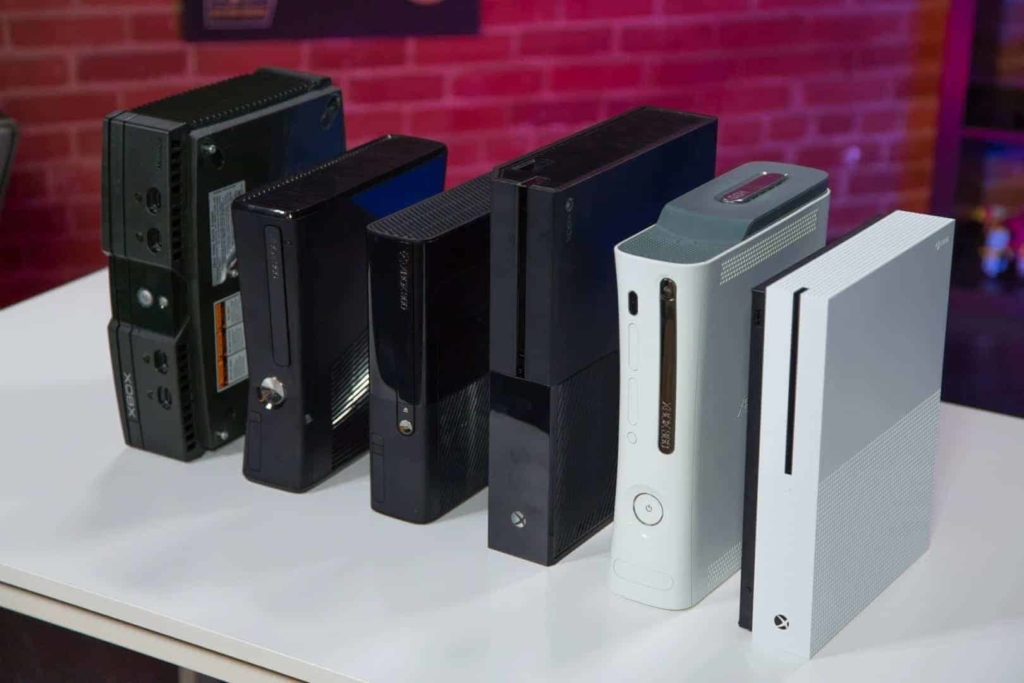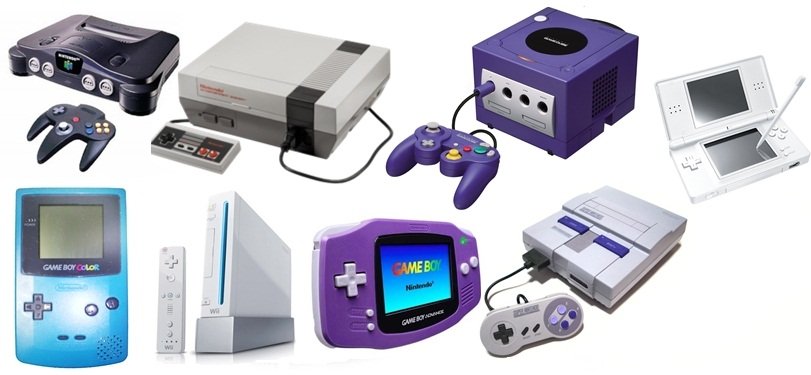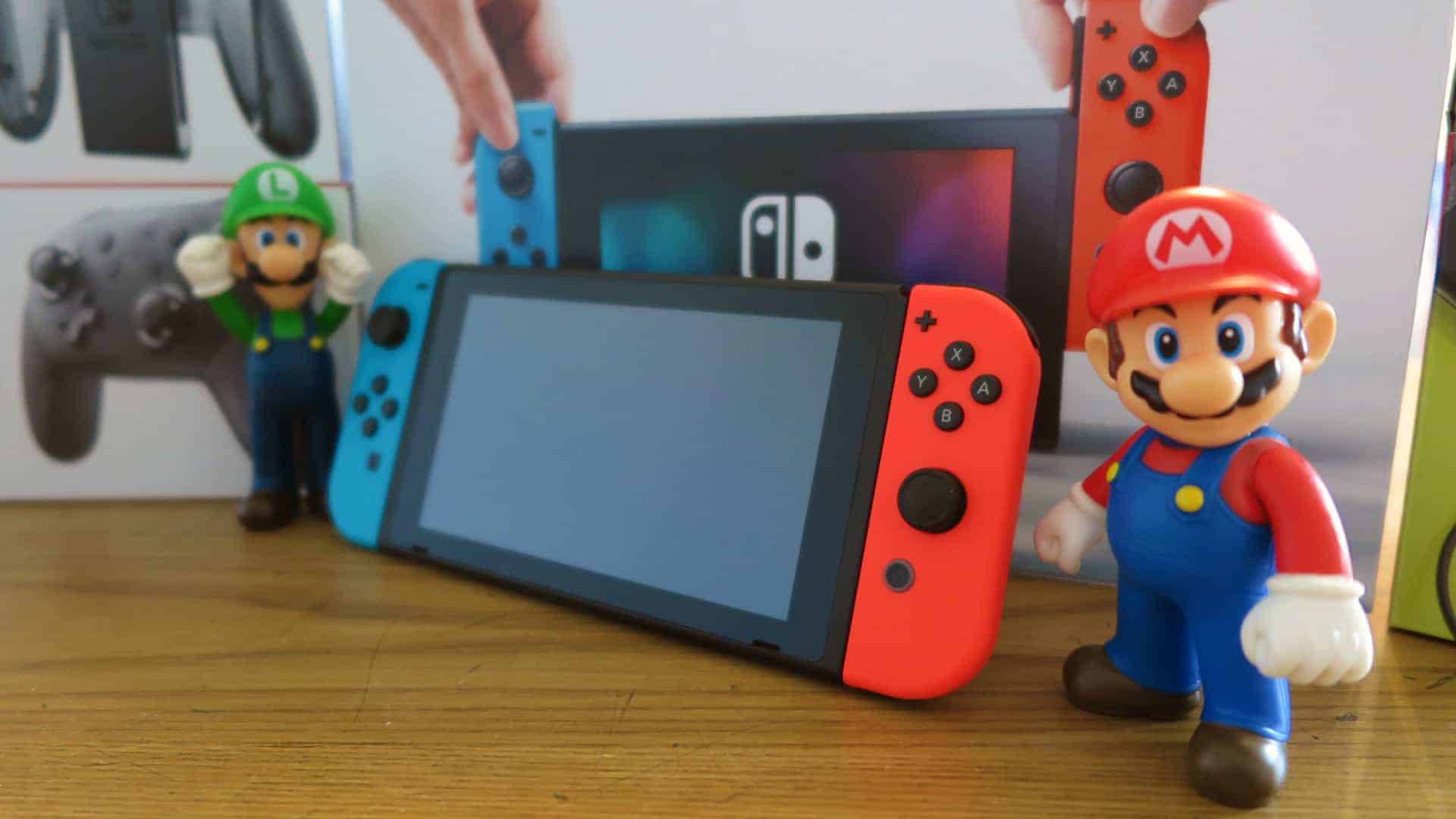The Importance of Backwards Compatibility
There’s so much excitement about the advances of technology—improved graphics, faster frame-rates, immersive sound—that often everything that has come before becomes lost in a sea of eager chatter, but is that how it should be? What importance do the older games have, and should we (as gamers) and they (as game publishers) care about them?
With both the new Xbox and PlayStation touting backwards compatibility among their list of features, what does it mean, and why is it so important?
What is backwards compatibility?
Simply put, backwards compatibility is the ability for you to play your PS4 games on your PS5; to download an Xbox One title on a Series X. The idea that the new generation of hardware is part of the same family as the old is to hammer home the word, compatible with the things that came before.
However, it is not to be confused with cross-gen. That comes with its own set of difficulties as explored in this article.
Looking back
Consoles have been around a long time now. Many modern gamers are too young to remember shuffling about with a first-generation Nintendo Entertainment System, or Sega Master System, but that doesn’t make them too young to appreciate the history.
With each iteration of gaming consoles (and, to some extent, the home computer market), a new console often meant the old one is left in the dust. When the SNES replaced the NES, it was pretty much out with the old, and in with the new. The Sega Saturn replaced the Sega Megadrive and not one of the games transferred over. Then when the Playstation and Xbox arrived on the scene, no one was looking back – then it wasn’t a case of backward compatibility, these were new consoles by new manufacturers carving their own paths.
The pros and cons of maintaining system compatibility
Backwards compatibility is a complicated subject, with many objective positives and negatives. On the pros side:
Your library of games remains valid
Invalidating everything you have bought up to this point is a bold move, but that’s what a non-compatible system does. It takes all that great stuff and subtly encourages you never to play any of it again. Oh, there’s the fact that you can keep your old console active, and still jump back to those games whenever you want to, but when you have this new, shiny box with all its new, shiny games, are you really going to do that?

Your shelf is cleaner
If you are the kind of person who will keep their old console on the go while the new one takes its place as king, then you’re looking at a far more complicated set-up. More cables, more switches, more mess.
It may seem like a small thing to some, but ensuring a clean environment is of huge importance in many homes. An extra console with all its paraphernalia can tip the scales for some.
Old games remain current for longer
You may not have got round to many games you planned to, but when your system upgrade obsoletes them, the incentive to discover them will drop considerably. By keeping those games alive, your games gain longevity and hidden treasures are more likely to be discovered.
Your achievements are not lost
Ever since the Xbox 360 and PS3 introduced us to achievements and trophies, many gamers have striven to maintain an ever-growing collection. With backwards compatibility, these are preserved and can still be worked on.
The console launches with a far greater spread of games
Obviously more important to a console company, than the average consumer, but providing backwards compatibility means that the console is not starved of titles at launch, and instead can settle in comfortably with a library of existing games to draw on.
But on the side of cons:
Backwards compatibility is expensive
Years of development have gone into the new console generation; chipsets are updated, architecture redeveloped, and even the media involved jumps (from cartridge to CD, DVD, to BluRay, to digital). Maintaining an ability to run old games can often involve including old (and somewhat-obsolete) hardware in the box that’s not being used for any new functionality. It’s a production cost that is passed on to the customer.
Emulation can be problematic
Where the old operating system and software architecture differ from the current updated system, emulation is often used to bridge the gap. Emulation involves adding a layer of translator software that mimics the older system for the game code to interact with. The problem with emulation is that it is rarely 100% successful, and over-clever code that broke the rules to achieve something on the previous technology will find itself crashing in emulation.
It is often due to problems with emulation that the list of backwards compatible games has a few omissions.
Emulation also adds an extra layer of code for the console to process, and in some cases can lead to slower response times, or imperfections in the game. Typically, however, the new system is so technologically superior, that it can handle the older game code and the emulation without feeling the strain.
It adds to development time
Extra complexity leads to extra places for potential problems, more testing and ultimately more time taken to develop the console. It begs the question: would you rather have the system sooner, or have it be backwards compatible when it eventually sees the light of day?
Been there, done that…
For console manufacturers, backwards compatibility is a bit of a holy grail – get it right and it’s pretty much all upside, with happy customers, a more powerful launch, and good press. Get it wrong though, and it can be painful – especially when you’re reliant on substandard emulation to get you through the day.
Sony took backwards compatibility very seriously when the PS2 came out, immediately touting that it would play the existing library of PlayStation games. There’s no doubt that it added to their second-generation console’s success, and cemented PlayStation as the worldwide behemoth it is today. However, when the PS3 came along years later, it was determined as too expensive and complicated to bolt the feature onto an already pricy system. By the time the PS4 took over, there was minimal mention of it, and consumers had become used to the idea that with each new iteration came the need to replace the game library.

Microsoft has a superior track record. Though the solution for the first generation gap of Xboxes was a bit of a mess in the early days, things have become better over time. Officially, the Xbox 360 was compatible with over 150 of the first generation Xbox games. Still, it did so in such a clunky fashion, requiring an external hard drive to store custom-compiled emulations of each game. It worked, and for hardcore fans, there was definitely an option, but it was hardly a viable choice for the mass market.
Things improved with the Xbox One’s ability to play 360 games, and the list of what works in emulation there is pretty long, which is great, but it’s not as simple or comprehensive as it should be.
So, what’s changed? – Looking at the next generation of backwards compatibility
Enter the PlayStation 5 and Xbox Series X/S family of consoles.
Sony has definitely stepped up here, promising not only backwards compatibility with almost the entire vast library of PS4 games but also including hardware compatibility with old controllers and accessories.
And Microsoft has done the same, improving their compatibility hit rate considerably and maintaining a chain of compatibility stretching back to the original Xbox. In short, if you have an Xbox game that worked on a 360, there’s a chance that it might also have worked on an Xbox One and will now work on a Series X. Phew! That’s backward tracking so far that it’s crossing into retro support!
Both manufacturers have subtly acknowledged that they have an established history stretching 20+ years, with great games throughout that time. Of course, people want to play their old games now. Sure, the graphics may be a little dated, but there’s no denying good gameplay when you see it.
Aaaaaand… what about Nintendo?
Throughout this piece, I have failed to focus on the other giant of console-world. What has Nintendo done to maintain viability for its impressive selection of gaming hits?
Not a lot.
I’m being unfair. In the early days, Nintendo consoles used cartridges; physical blocks of code-rich chips sealed into a plastic case. When they upgraded from the NES to the SNES, they changed the configuration of that cartridge technology, and you physically couldn’t slam an original Entertainment System cart into the slot on the Super NES. People did try.
But there were attempts at backwards compatibility. At one point the Super 8 came out, which effectively bolted a NES cartridge port on the SNES. Really, it was just using the SNES outputs to plug into the TV and was essentially a NES chipset that plugged into the top of the other console. It wasn’t official, didn’t come from Nintendo, didn’t always work and…
Ah, the desperation of 1990s gamers! That sort of thing was acceptable back then.

When the N64 superseded the SNES, no one even gave a moment’s thought to backwards compatibility. They were too busy playing Goldeneye, or Super Mario 64, or Mario Kart 64, or Ocarina of Time… My God, that console had a lot to give.
The GameCube changed hardware again, this time with an iddy-biddy little CD-type drive. Good luck shoving your N64 cart into one.
And then the Wii. A peek of Nintendo’s history, the original Wii could play GameCube titles and even had ports to support the older console’s controllers. It was actually one of the best backwards-compatible systems of all time. Though it still didn’t have a cartridge port for earlier Nintendo systems, it was the first of their consoles to come with an online shop where you could download NES and SNES games and play them in emulation. That GameCube compatibility was expensive to manufacture, and later versions of the Wii dropped it to save on production costs.
By the time we reach modern hardware—the Nintendo Switch—all ideas of backwards compatibility are gone, and we’re back to a system which renders your entire collection of coveted titles to a box in the loft. Not to knock the Switch—it has a lot going for it—but being a friendly member of the Nintendo family is not one of them. Poor show, Nintendo, poor show.
The subjective perspective – why backwards compatibility is where it’s at
It’s nice to be objective, but sometimes objectivity doesn’t provide all the answers. Weighing up the pros and cons between hardware costs and the user base of a AAA title is one thing, but it misses the point. Backwards compatibility feels good.
When a console manufacturer includes backwards compatibility, it validates your game library and everything you’ve played until this point. It lets you spent twenty minutes one afternoon playing something you’ve not touched in years and trigger a wave of nostalgia and love. It means you have fewer messy cables crawling around the TV in a desperate scramble for HDMI ports, or, worse, that you have to somehow marry your next-generation television technology with ageing console equipment. It provides you with a smooth transition between what was, what is, and what will be.
And all of that is great.
And why is backwards compatibility also pretty pointless? Because, for all the talk of keeping up with your old games, the truth is that the new stuff is shiner and brighter, and like magpies, we will be drawn to it and soon forget everything we once loved.
As a game enthusiast, I love backwards compatibility. It has me coveting the PS5 and looking forward to a cleaner home entertainment area. I am keen to pull out games that were created before some of my children were born and say to them ‘let’s have a go of this’, without the associated need to bring out dusty archaic hardware (and trigger the sound of sniggers). For me, it’s worth the extra cost tagged onto the machine.
Now, if someone would just invent a console that just played everything, then we’d be talking!

